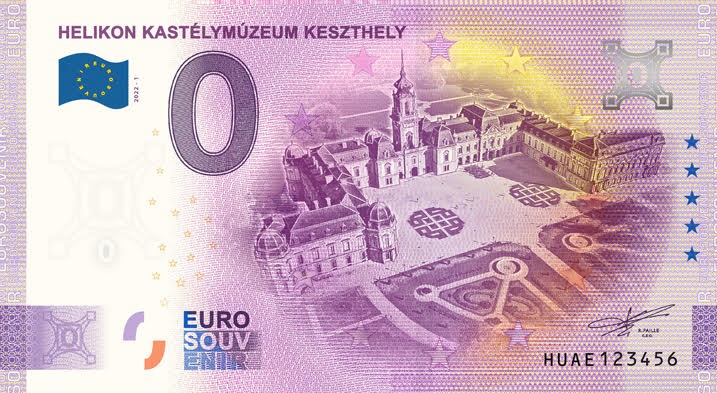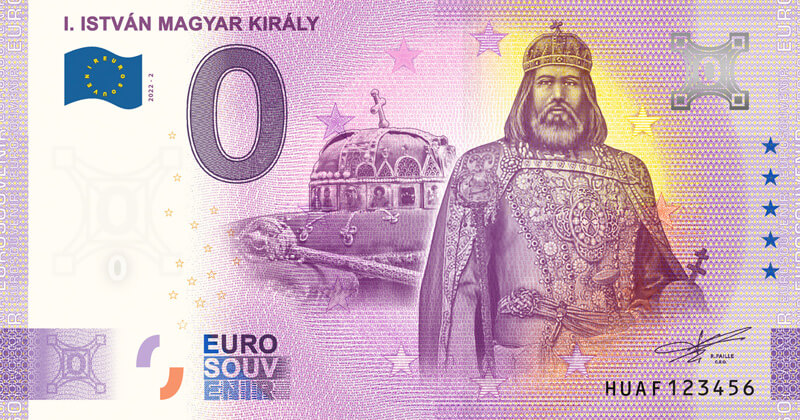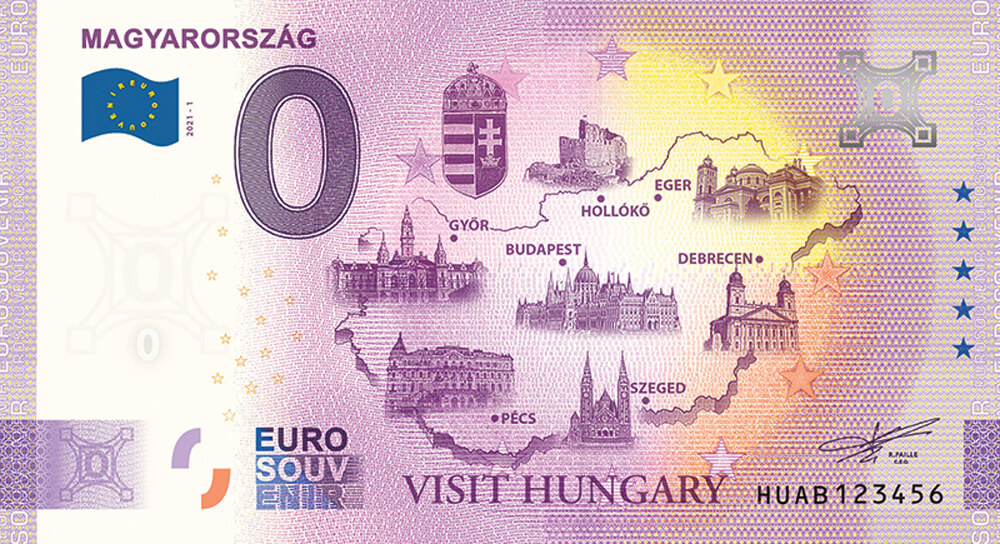Festetics Castle
home of the noble family of Festetics
Festetics Castle is the heart of the well-kept Hungarian town of Keszthely and is said to be the third largest castle in Hungary. It was built thanks to the efforts of one of Hungary’s richest and most noble families – the Festetics. Today it functions as a museum institution called Helikon Castle, which hosts many interesting events and exhibitions.
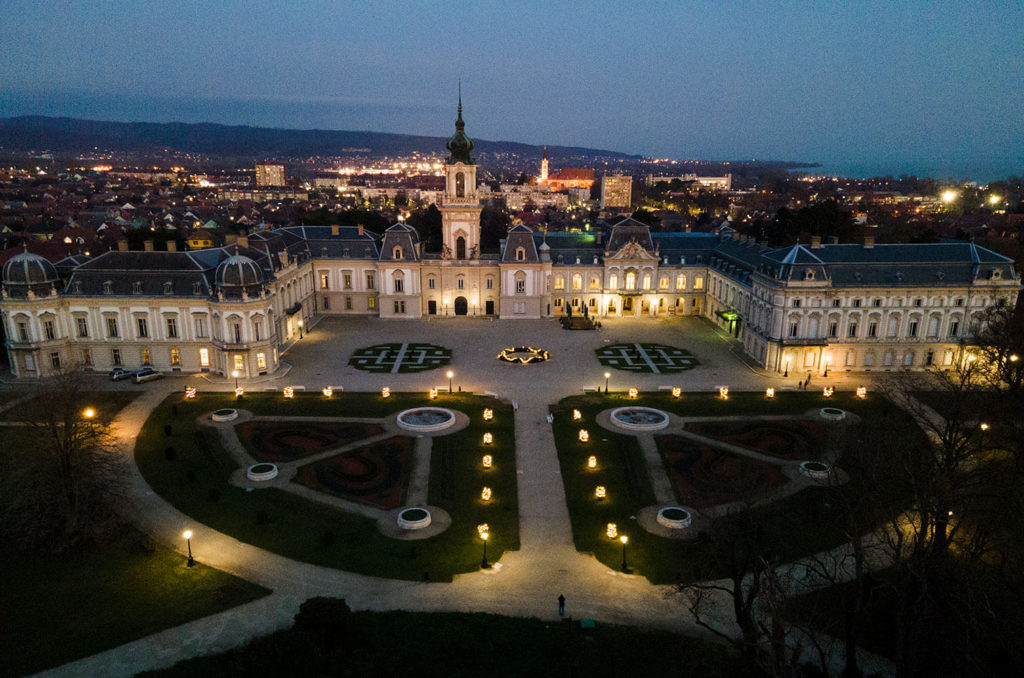

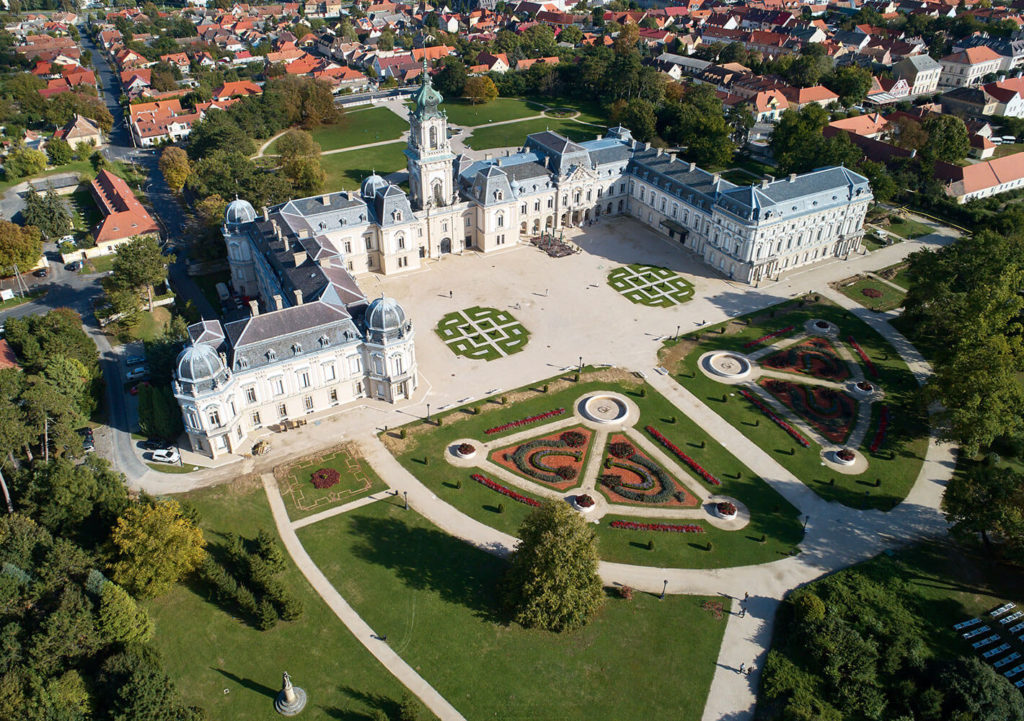

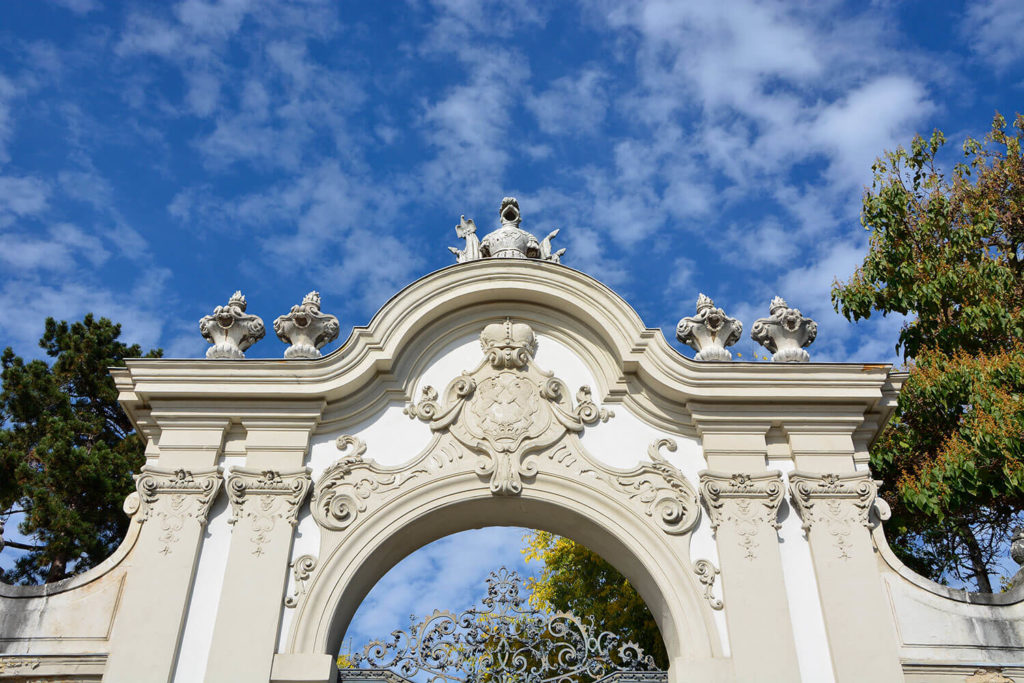

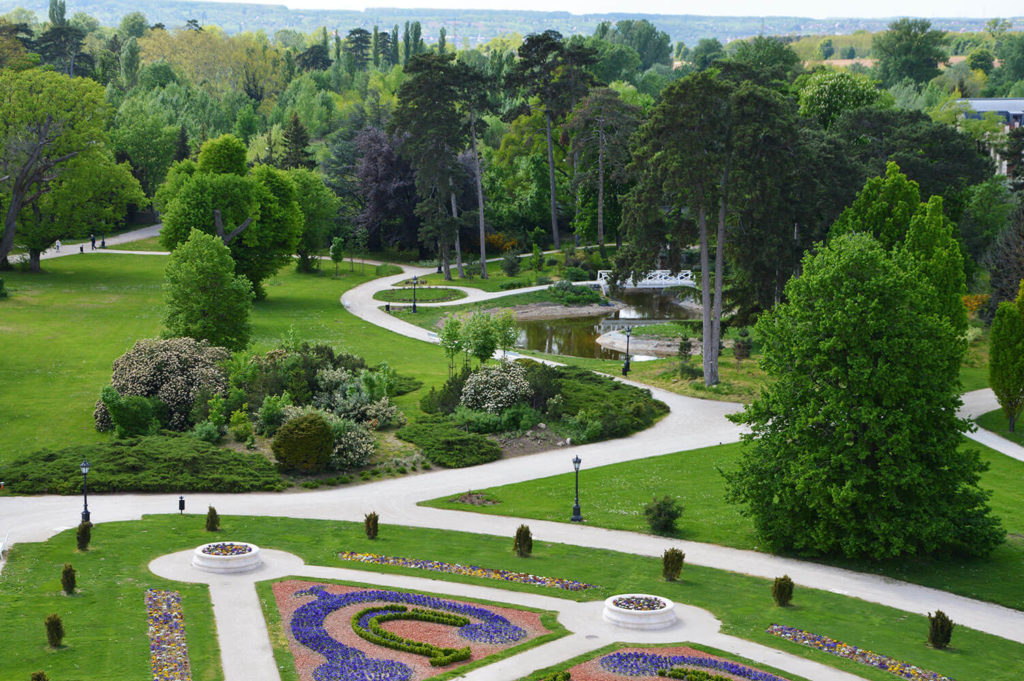

The Festetics family,
who built the castle from its very foundations.
The first Festetics to settle in Hungary, Pál Festetics I , moved to Németújvár, the estate of the Batthyány family, in 1634, probably in the hope of avoiding the destruction caused by the Turks and hoping for a better life.
However, the building of the castle began only thanks to the founder of the Keszthely branch of the Festetics family, Christoph Festetics (1696-1768). He started the construction of the family castle in 1745. The middle-eastern wing of the present building dates from this period of construction (1745-1750). In the central axis of the Baroque, roughly rectangular, one-storey castle, there was an underpass on the ground floor and a dining room above it – the walls of which are still preserved at the castle today.
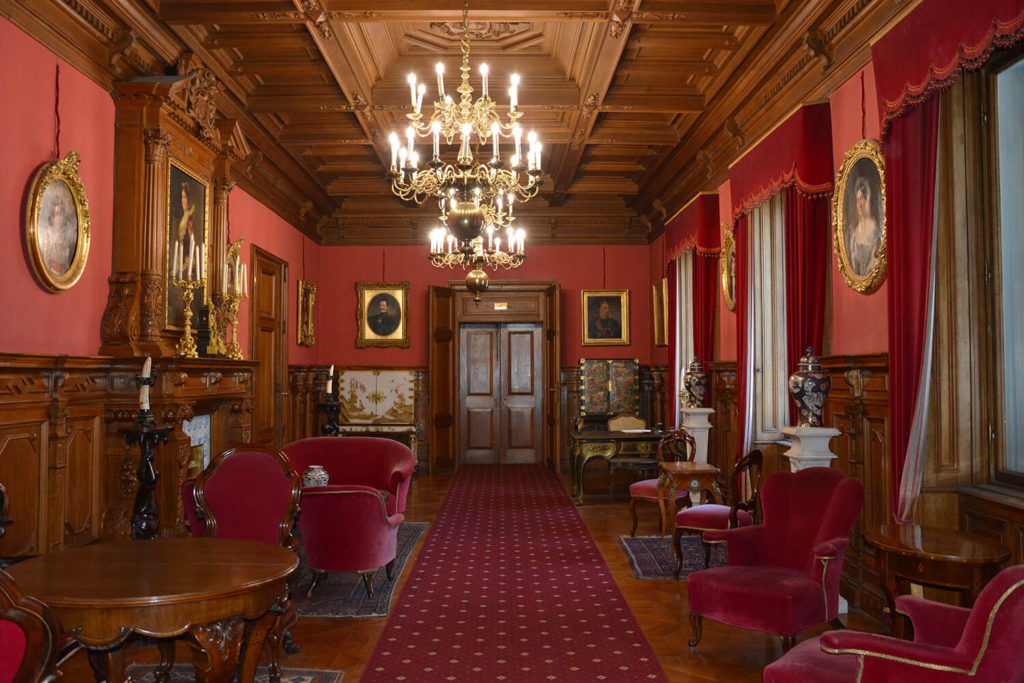

Interior of the castle
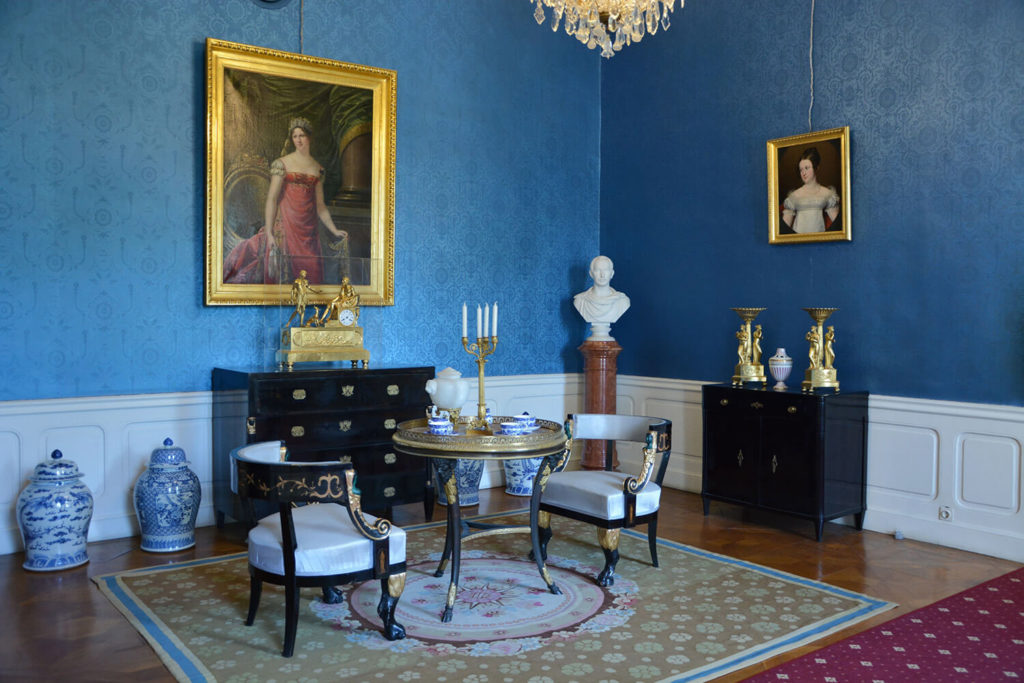

After his death, Keszthely fell into the hands of his son Festetics III. Paul(1722-1782). He continued his father’s efforts and further developed the castle, hospital, schools and crafts in the region.
During this period, plans were also made to enlarge the castle into a U-shape and to display parts of the L-shaped wings connected to the end of the U-wings, but the planned changes were not carried out. The reconstruction of the castle was finally started in 1792 by Paul’s son, George I of Festetice.
Keszthely has been handed down from generation to generation, with each new generation bringing even greater fame to the place. In addition to building the castle, hospitals, chapels, a gymnasium, etc. were also built in the area.
The castle acquired its present appearance in the time of Taszila. II, who carried out a major reconstruction and expansion of the castle between 1883 and 1887. He extended the central eastern wing and finally managed to realize the U-shape – the northern wing was completed to accommodate ballrooms and guest suites. A tower was built and the entire building was roofed with a new mansard roof. Together with the modifications to the facades and interiors, especially the staircases, the castle was given its present appearance.
Helikon Library
wonderful library that survived the World War II.
he library at the Festetic Chateau is sure to attract every history or book lover. It is the only one in the whole of Hungary that managed to avoid the devastation of the Second World War, all thanks to the cleverness of a Soviet officer who ordered the library to be hidden behind concrete walls. Today, visitors to the palace can enjoy the charm of a classic aristocratic library.
The book collection, including special collections, now exceeds 86,000 copies and includes up to 30 languages.
Helikon Castle Museum
a museum worth visiting
Nowadays, the castle is used as a local museum, whose mission is to preserve, scientifically process and present the heritage of Festetics. Visitors will find six permanent exhibitions in five buildings. Thanks to the fact that the castle was protected from destruction during the Second World War, there are many original furnishings. When you visit the castle, you will thus experience an authentic aristocratic lifestyle.
In addition, it is possible to visit the Palm House, which evokes the tradition of orangeries and tropical greenhouses as part of the aristocratic way of life since 2012. The Palm House is surrounded by a rock garden, an aquarium, a garden pond and a bird park.
In the exterior of the castle there is also a nature reserve called the Castle Park. It was designed by English gardener Henry Ernest Milner in the 1880s and attractions include a garden pond, fountains, the Princess Chamber Garden and the Bird Park.
exhibition of carriages from the 18th and 19th centuries
A hunting exhibition
featuring trophies of wild species from five continents, displayed in their "natural habitat".
Exhibition of a historic model railway
one of the largest in Europe.
Noble Travels exhibition
that showcases 19th and early 20th century travel culture and customs through a variety of experimental tools.
Information and image source: helikonkastely.hu
Zero eurobanknote
Helikon Castle's newest attraction -
Helikon Castle has become the next Hungarian monument to be featured on the zero euro banknote. It has thus become part of the magnificent collection of zero euro banknotes, which represent precious Hungarian monuments and help to spread the country’s cultural heritage. The banknote features a bird’s-eye view of Helikon Castle, where you can see its present-day ‘U’ shape.
What are zero euro banknotes
and what monuments are depicted on them?
If you are interested in zero notes and would like more information about them, feel free to read the main information directly on our website. Here you will find not only how these banknotes were created, who the founder is and what monuments can be found on the banknotes, but also similar information about what is on each banknote, what they are made of, etc.
Currently, there are already several zero euro banknotes in circulation with the motifs of monuments from Hungary. You can buy all the currently available issues or view older issues of zero euro banknotes in our e-shop.

